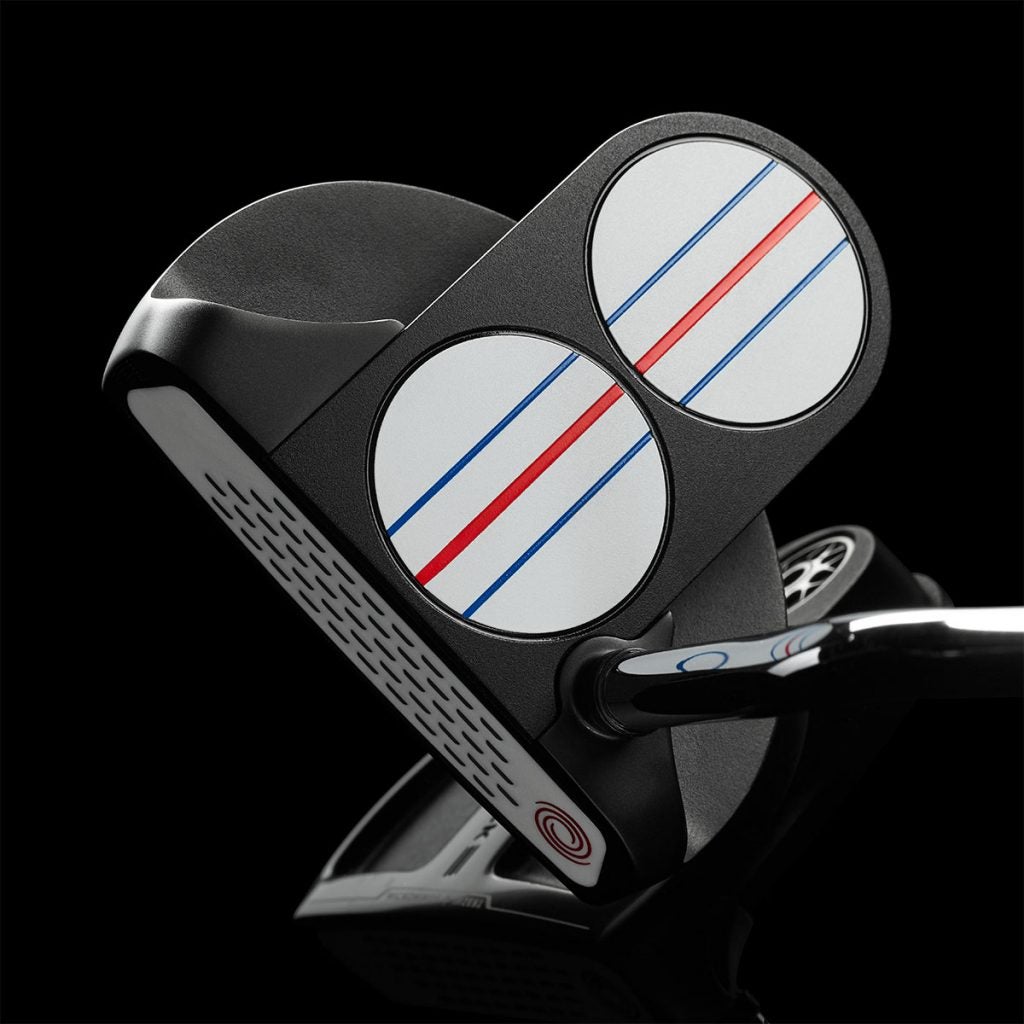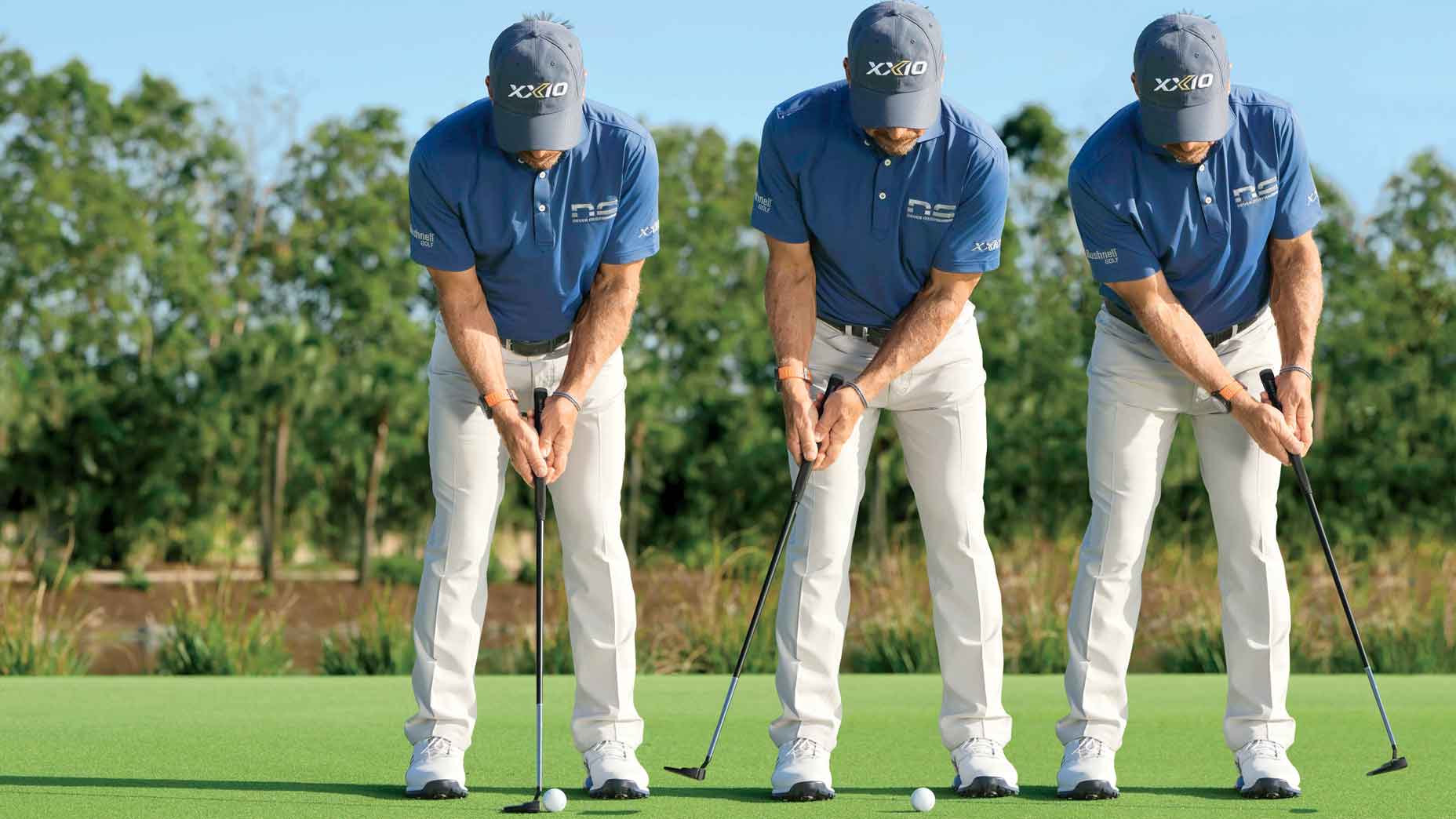 Make more putts using this tour-trusted alignment hack
Make more putts using this tour-trusted alignment hack
I tested putting with a line on my golf ball, and now I’m never going back

Should you putt with a line on your golf ball? It’s something that golfers wonder about often, it turns out, and a question that’s even debated at the tour level.
We first saw Callaway’s Triple Track lines on Phil Mickelson’s ball at last year’s AT&T Pebble Beach Pro-Am, and with the science of Vernier Hyper Acuity — which essentially says that straight lines of different widths or colors can act as a reference point to help our brains notice errors in aim — expanding into the company’s new line of putters, I was intrigued.
So, I tried testing my aim using a line on my ball, and was quite surprised by the results.

Callaway took me through the fitting process at the PGA Merchandise Show earlier this month. Their expert fitters first had me line up a putt with no lines on the ball or the putter.
Using a laser, they tested my aim and my line was off. My clubface was pointing left, so it was no surprise then when I actually hit my putt, I missed the hole an inch to the left.
Next, I tried using a line on my golf ball and pointed it directly at the spot I tried aiming at the first time, aligning my putter to the ball. This time, when they lasered my alignment, I was spot on. When I hit the putt, it dropped in the center of the cup. I repeated this exercise a few times from a few different angles to gather more data, and every time, I hit the spot where I was aiming.

ADVERTISEMENT
For me, it was clear: using an alignment device on my ball made me a better putter, and Odyssey’s triple track alignment system accentuated that positive. But is a line on the golf ball good for everyone? Not necessarily.
First off, being lined up in the right spot also requires you to read the greens correctly, because after all, what use is it being lined up perfectly on an incorrect line?
There’s also a comfort factor. For some players, like Rory McIlroy, using a line makes them feel like they’re lining up in the wrong spot, which will affect both their confidence and stroke. Those are called non-linear putters, as GOLF Top 100 Teacher Mike Shannon explains in the video below, and knowing which one you are can help you play better golf.
Ultimately, golfers need to try both methods for themselves. Start by hitting 10 putts with a line, and 10 more putts with no line. Take note of how you feel standing over the putt, whether the line makes you more or less confident. Don’t worry about the result. If you like the way it feels, try taking it to the course.
It worked for me, and it may work for you, too.
To receive GOLF’s all-new newsletters, subscribe for free here.
ADVERTISEMENT







